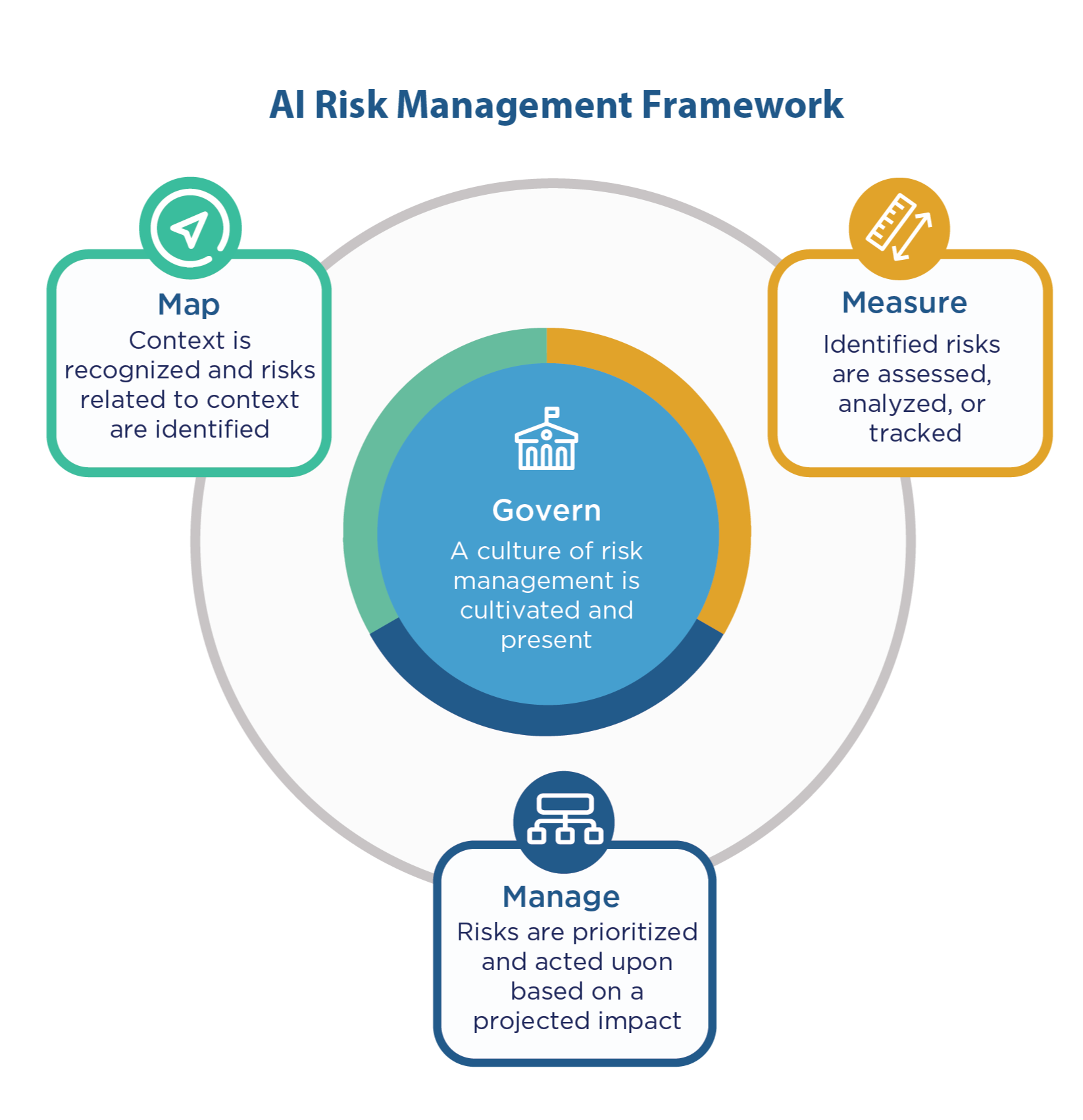While the NIST AI Risk Management Framework provides a robust structure for managing AI risks, its implementation is not without challenges.
In this second part, we'll explore some of the key hurdles organizations may face and how the framework can help address them.
The Gauntlet of AI Risk Management Challenges:
1. Risk Measurement: Quantifying and measuring AI risks is no simple feat. The volatility of these risks, the lack of reliable metrics, and the often opaque nature of AI systems contribute to the measurement conundrum. It's like trying to hit a constantly moving target while blindfolded.
2. Risk Tolerance: Determining your organization's risk tolerance for AI systems is a complex endeavor influenced by a multitude of factors, including legal and regulatory requirements, organizational policies, and societal norms. It's a delicate balancing act that requires careful consideration.
3. Risk Prioritization: Developing a culture of risk management and prioritizing risks based on their potential impact is crucial. This includes factoring in the sensitivity of data used, the AI system's interaction with humans or other systems, and the overall risk exposure. It's akin to sorting through a pile of needles while looking for the sharpest ones.
4. Risk Integration and Management: Integrating AI risks into your organization's overall risk management strategies is essential, but it's easier said than done. Recognizing the interconnectedness of AI risks with other types of risks, such as cybersecurity and privacy, adds another layer of complexity to the equation.

How the NIST AI RMF Can Help You Conquer These Challenges:
1. Structured Approach: The framework provides a comprehensive and structured approach to AI risk management, guiding you through the four core functions of Govern, Map, Measure, and Manage. It's like having a trusty compass in the wilderness of AI risks.
2. Collaboration and Multiple Perspectives: The NIST AI RMF emphasizes the importance of collaboration and incorporating multiple perspectives from various stakeholders, including external AI actors. This holistic approach ensures you have a well-rounded understanding of the risks at hand, akin to assembling a team of expert adventurers for your AI risk management quest.
3. Iterative and Continuous Process: The framework recognizes that AI risk management is an iterative and continuous process, much like the NIST Risk Management Framework for cybersecurity. It's a journey, not a destination, and the NIST AI RMF is your ever-evolving travel companion.
4. Flexibility and Customization: While the framework provides guidance, it allows for flexibility and customization based on your organization's specific needs, risk tolerance, and resources. It's a tool that can be tailored to fit your unique AI risk management challenges, ensuring a personalized and effective approach.
Conclusion:
As the adoption of AI technologies continues to accelerate, effective risk management becomes paramount. The NIST AI Risk Management Framework offers a valuable resource for organizations seeking to navigate the complexities of AI risk management with confidence. By embracing the framework's principles and tailoring its implementation to your specific needs, you can cultivate a culture of responsible AI development and use, mitigate potential risks, and foster trust in your AI systems, all while staying ahead of the curve in the ever-evolving AI landscape.
Download the Framework… and check out the other resources available on NIST.gov.




